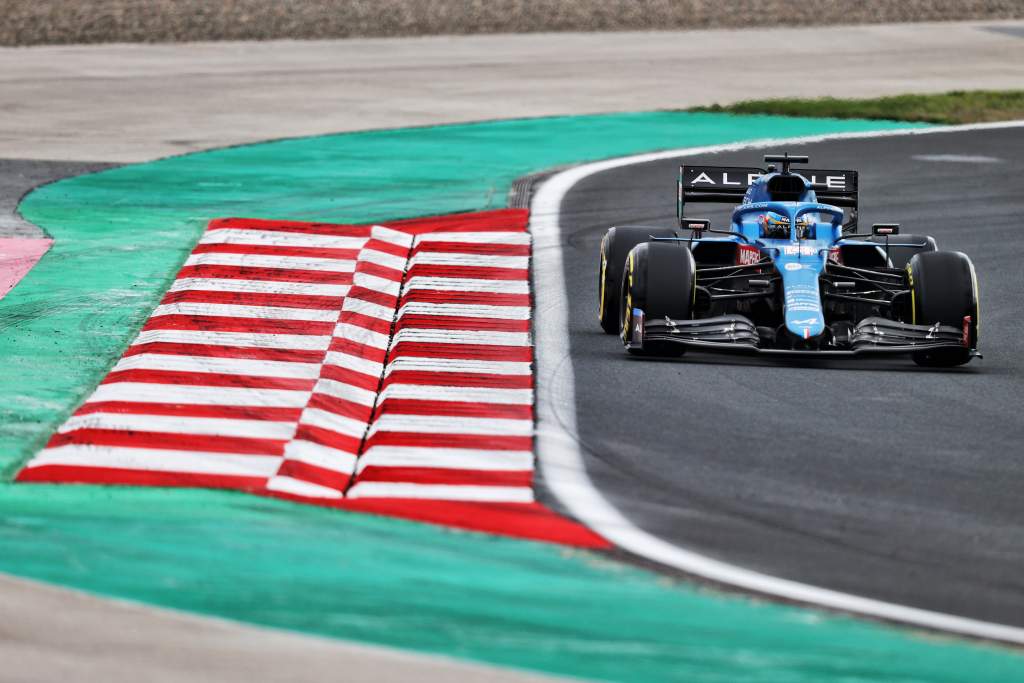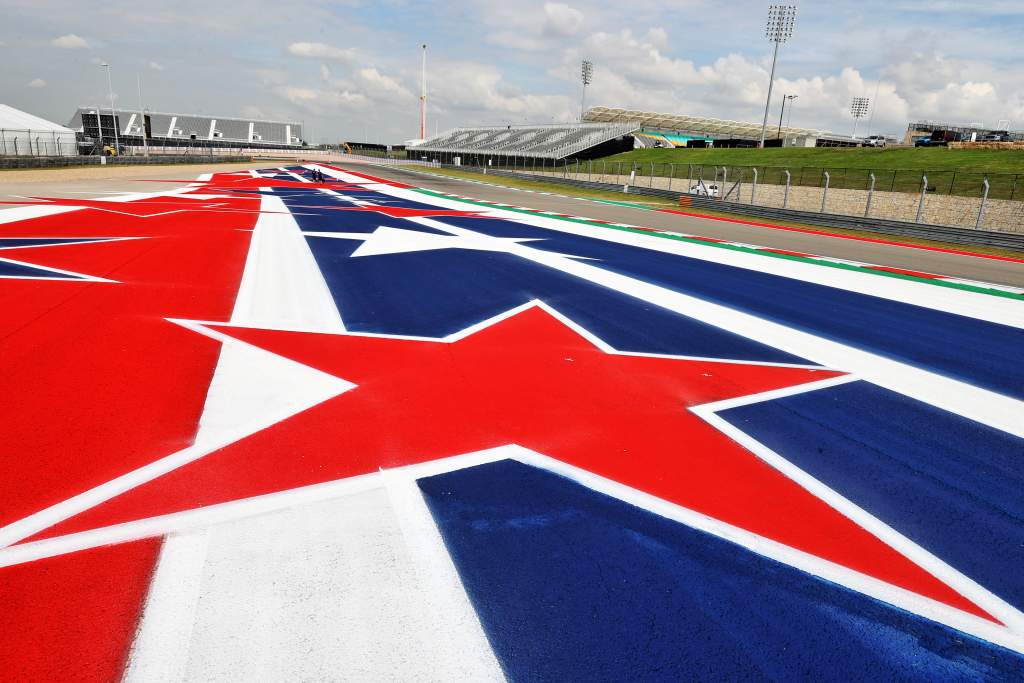Up Next

Formula 1 will automatically delete lap times for any driver who encounters double-waved yellow flags in practice and qualifying at the United States Grand Prix.
The FIA’s pre-race instructions require drivers passing through a double waved yellow marshalling sector to reduce speed significantly and be prepared to change direction or stop.
Until now, the stewards have had to interpret each case independently and judge whether a driver has complied with these requirements and not attempted to set a meaningful lap time.
That put the onus on the driver to abort any lap if they encountered a double-waved yellow flag or received the signal on their dash display.
A new system will be trialled this weekend whereby any driver in a double yellow sector will have their lap time deleted.
This had been suggested after an incident involving Fernando Alonso in qualifying in Turkey.

Alonso was summoned to the Turkish GP stewards for allegedly not reacting properly to yellows but avoided the standard five-place grid penalty for the offence because he successfully argued he had effectively abandoned the lap when he encountered the flags at Turn 1 on his first Q1 flying lap.
It came despite Sebastian Vettel being given a grid penalty in Bahrain this year for completing a competitive qualifying lap with double waved yellows out even though he was past the point where the incident had happened when the signal was shown.
FIA race director Michael Masi said in Turkey he would “quite possibly” adopt a system of automatic lap deletions from the next race, which is now being enforced.
Austin track changes detailed

The Circuit of the Americas has been altered since F1’s last visit in 2019 and the recent MotoGP round to try to ease some of the bumps that had previously appeared around the track.
Max Verstappen described some of them as “ramps” that led to the cars briefly leaving the ground two years ago so parts of the circuit were resurfaced afterwards.
The resurfacing took place at the end of the pit straight including the pitlane exit road from the end of the pit signalling wall through to the exit of Turn 1, the exit of Turn 9 through to the exit of Turn 10, the exit of Turn 11 to the exit of Turn 12, and Turn 15.5 through to Turn 19.5.
However, large bumps have still been reported since, including through the sweeping Esses in the first sector, and it was a hugely controversial issue at the recent MotoGP event.
“Milling of the track surface” was scheduled prior to this weekend’s event to address “depression in the track between Turn 2 and Turn 3” and further “depressions in the track in the vicinity of Turn 4, Turn 6, Turn 10 and Turn 14”.





